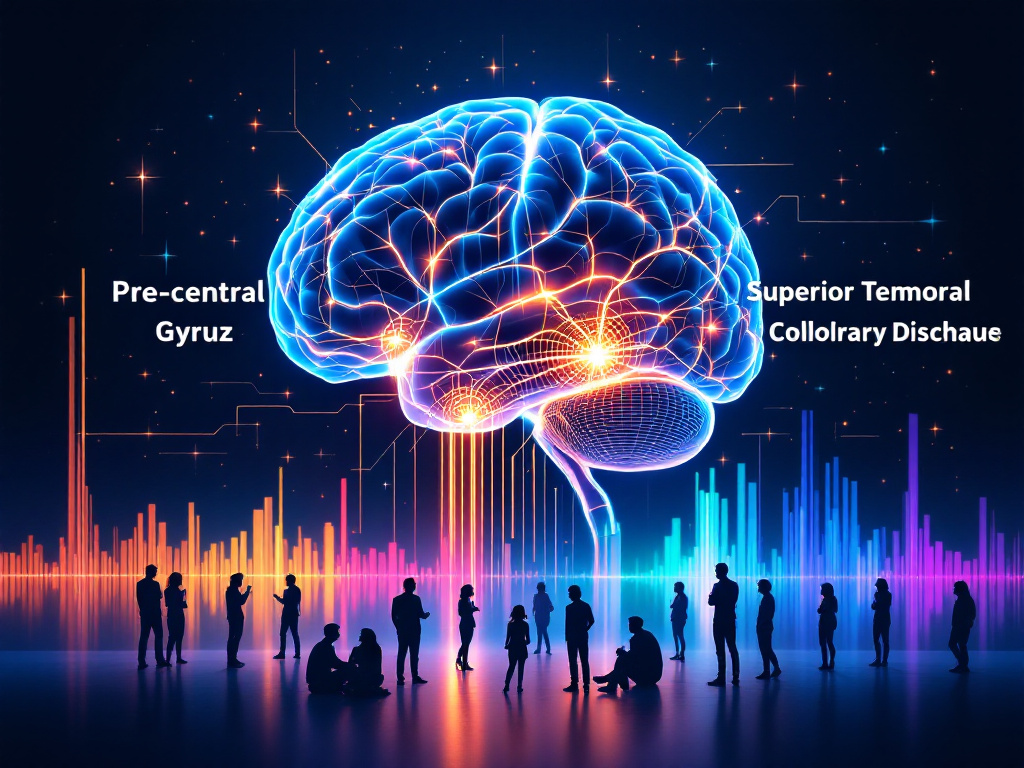
Unlocking the Brain's Secrets: How We Differentiate Our Voice from Noise
**Recent studies at NYU Langone Health have mapped the complex brain circuitry that enables humans to distinguish their own voice from background noise.** These auditory corollary discharge signals originate and end in subregions of the brain's cortex, specifically the motor cortex (responsible for voluntary movements like speech) and the auditory cortex (responsible for hearing). Through experiments involving epileptic patients, researchers identified that these signals travel from the bottom of the motor cortex (the precentral gyrus) to the superior temporal gyrus in the auditory cortex. This intricate signaling allows people to stay aware of their surroundings while speaking and offers insights into conditions like schizophrenia, where such discrimination fails, leading to auditory hallucinations. **By recording and analyzing over 3,200 instances of electrical brain activity during speech tasks, the study provides a novel understanding of human speech processing and potential pathways to address related neurological disorders.** The research could pave the way for future tests assessing the corollary discharge circuit's role in induced hallucinations and finding noninvasive testing methods for schizophrenia. The study was supported by grants from the National Science Foundation and National Institutes of Health.